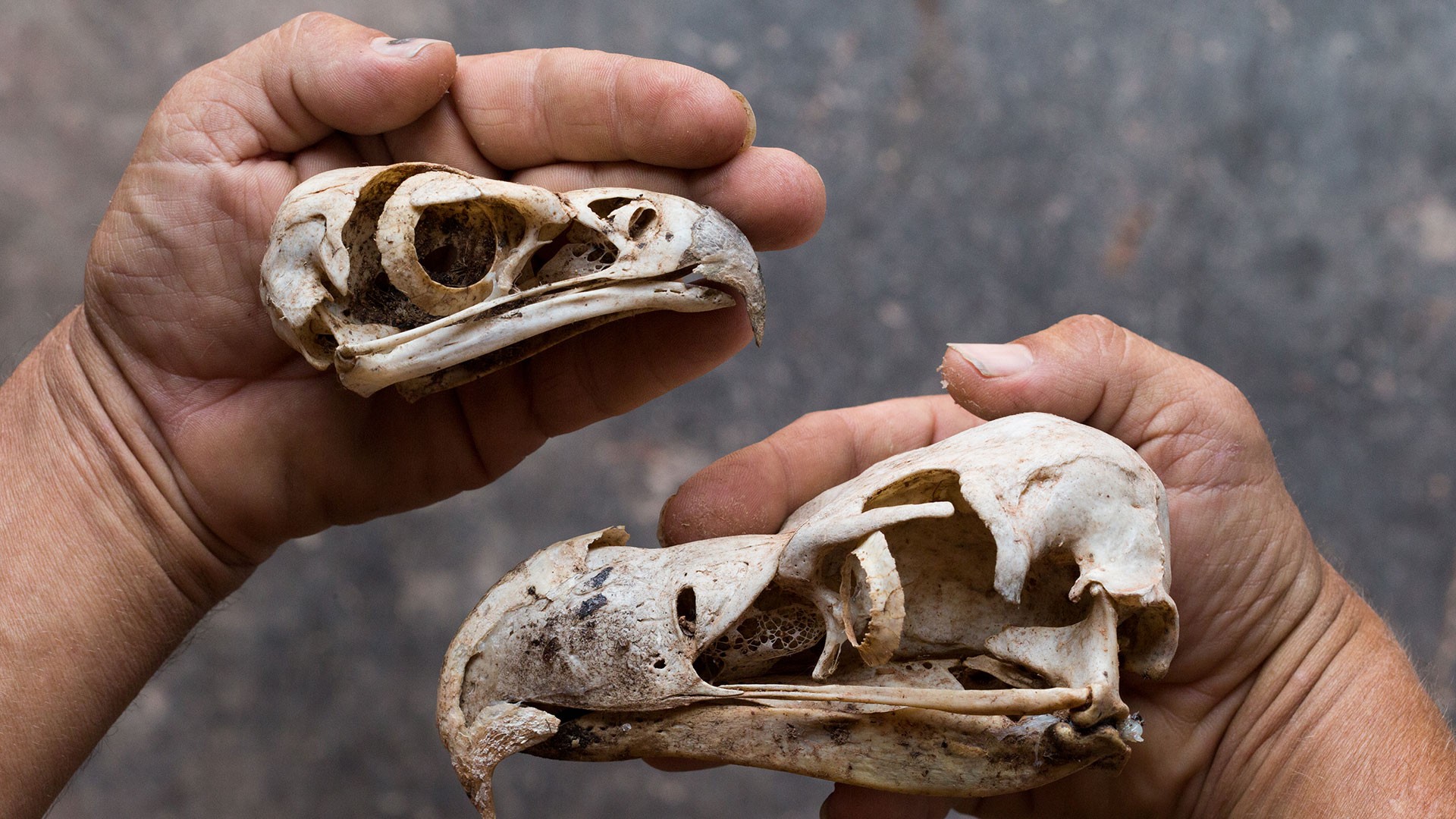The Tui is one of the few New Zealand birds that is thriving despite human impact. Image: Flickr/Richard Ashurst
In less than a century, humans have wiped out so many of New Zealand’s land birds that it would take 50 million years to recover the number of species we have destroyed there.To put that number in perspective: humans in their modern form have been around for about 300,000 years. Our ancestors have only been on earth for about 6 million years.In a paper published in Current Biology, researchers used statistical modeling to estimate the rates that these land birds arrive at the island, form new species, and go extinct. These three processes determine the species on the island at any moment, but have been completely altered since humans arrived in New Zealand about 700 years ago.The researchers projected that it would take 50 million years to return to pre-human levels and 4 million to return to pre-European levels. They also calculated that, if all the currently threatened birds went extinct, it’d take 6 million years to make up for those losses. If you expand that to include near-threatened birds, it would take 10 million years.The time New Zealand will need to recover from the damage we’ve done—and may still do—is longer than humans have been alive.“Islands are at the frontline of the anthropogenic extinction crisis,” the researchers wrote in the study. “A vast number of island birds have gone extinct since human colonization, and an important proportion is currently threatened with extinction.”Island species are so unique because they’re isolated. Birds on New Zealand evolved without mixing with mainland species, so they have completely different traits. With different living conditions and different threats, islands produce some pretty crazy birds: like the kiwi, a small flightless bird, or the kakapo, a big nocturnal parrot. Both birds are only found in New Zealand—and are now threatened and endangered respectively. Humans threaten these unique creatures by killing them directly, developing the land, and introducing competing species. While introduced species can make up for losses in numbers, they often don’t provide the same services for the environment, the study said.“We hope the measure of future potential evolutionary time lost may help promote and guide conservation efforts in some of the world’s most unique biological assemblies,” the paper said.
Humans threaten these unique creatures by killing them directly, developing the land, and introducing competing species. While introduced species can make up for losses in numbers, they often don’t provide the same services for the environment, the study said.“We hope the measure of future potential evolutionary time lost may help promote and guide conservation efforts in some of the world’s most unique biological assemblies,” the paper said.
Advertisement
